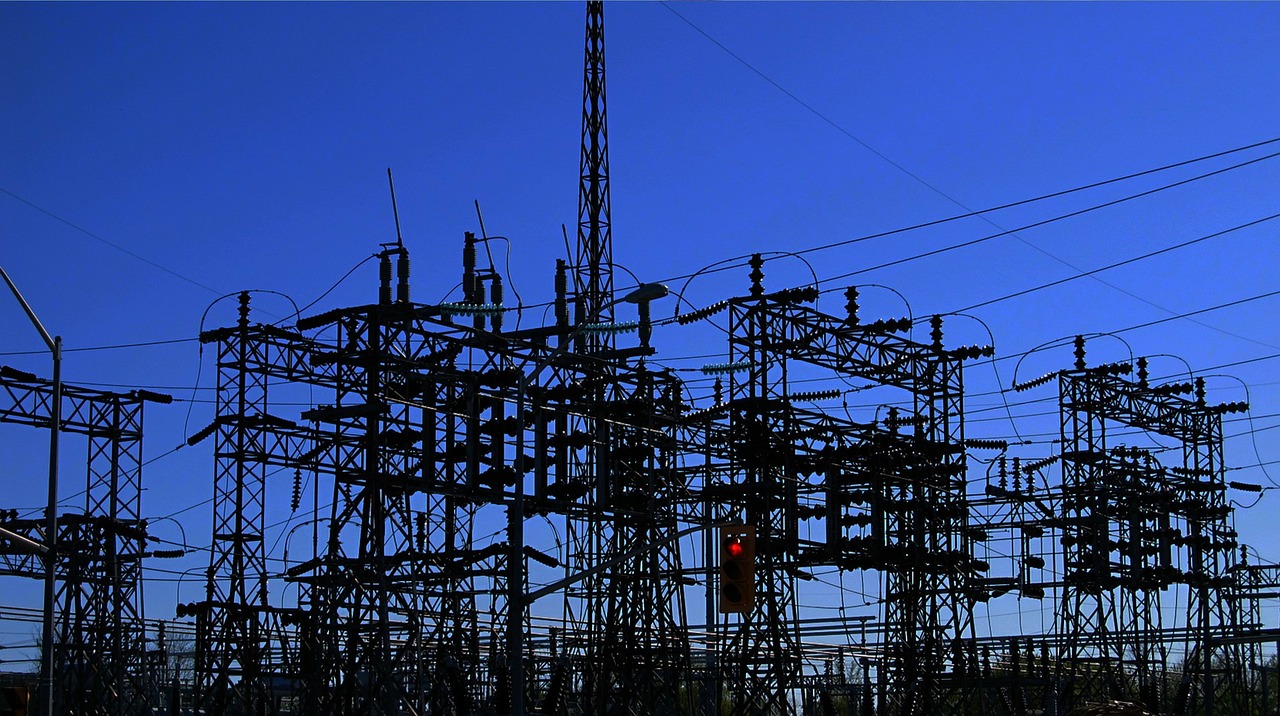The REPowerEU package was a quick reaction to the war in Ukraine and the energy crisis that revealed the strong dependence of the European Union on Russian energy. REPowerEU is a plan for saving energy, producing clean energy and diversifying the European energy supplies. It is backed by financial and legal measures to build the new energy infrastructure and system that Europe needs. The key question is: is REPowerEU able to foster the green energy transition?
Several pros…
REPowerEU is a welcome response of the Commission to the geopolitical situation. In addition to phasing out its dependence on Russian fossil energies, it aims to accelerate Europe’s transition to renewable energies, to diversify supply sources, and to thereby improve Europe’s energy security and autonomy. If implemented properly, the acceleration of the energy transition can bring economic benefits to the whole of Europe, companies will become more competitive while greenhouse gas emissions will be reduced.
It is positive that the EU climate ambition – both short and long term – is not put into question in the package. The path to reaching the targets remains however undefined and the strong focus on renewables and energy efficiency targets risks overlapping with the headline climate target and also may water down the effectiveness of the EU emissions trading system.
Speeding up the permitting process for renewable energy projects is one promising practical step. However, I’m a bit hesitant on how widely the EU regulation can promote this and how much is finally in the hands of the national and local authorities.
… but also many cons
REPowerEU increases the complexity of EU regulation and includes overlapping policies and sometimes contradictions with other EU regulation and targets. Some examples: the ambition to reduce energy demand versus electrification of the society, and setting strict criteria for additionality and temporal and geographical correlation in green hydrogen production versus ambitious plans for European hydrogen economy. In general, the package seems to result in increasing micromanagement of the European energy and climate policy.
REPowerEU is a politically coloured package that relies essentially on the fast development of intermittent renewables in EU’s electricity production. Whilst representing a main bulk of the necessary additional capacities, renewable energy is unable alone to deliver the level of security of supply needed to guarantee system stability. It is important that other forms of CO2-free technologies are recognized such as nuclear or hydro that can back-up new renewables in a way that provides flexibility in a climate-neutral fashion. Also other important emission reduction technologies like CCS/CCU and district heating have not been recognized in REPowerEU.
Financing is the key
The Commission calculates that between now and 2027 the implementation of REPowerEU would require an additional €210 billion investments and most of those will have to come from member states and the private sector.
The distribution of financial support will mainly use existing instruments – that is good. The Recovery and Resilience Facility (RRF) is at the heart of the REPowerEU Plan implementation, providing additional EU funding. Member States should add a REPowerEU chapter to their Recovery and Resilience Plans to channel investments to REPowerEU priorities and make the necessary reforms.
However, the Commission has proposed also some innovative instruments like using the revenues (EUR 20 billion) from auctioning allowances from the market stability reserve (MSR) in the emissions trading system (ETS). Such an instrument is questionable as MSR has been designed as a market driven instrument to balance the supply and demand of allowances in the carbon market and not as a political tool.
Fostering green energy transition?
My answer to my question in the beginning is: yes. Overall, the RePowerEU provides opportunities to ramp up clean energy projects and provides additional financing and thus speeds up the green energy transition. All this however requires that REPowerEU together with other legislative proposals will be finalized promptly and with a market driven and technology neutral approach.
Author: Kari Kankaanpää, Head of Public Affairs, Fortum


